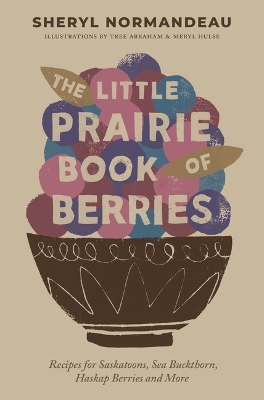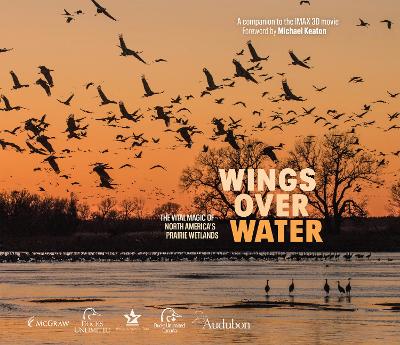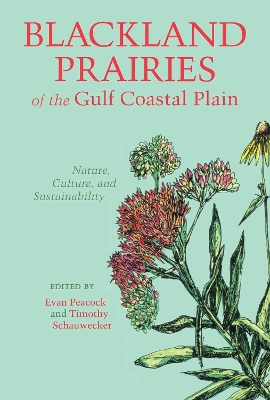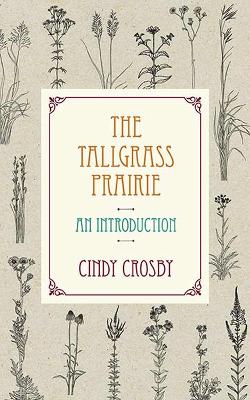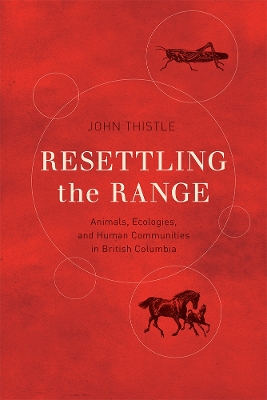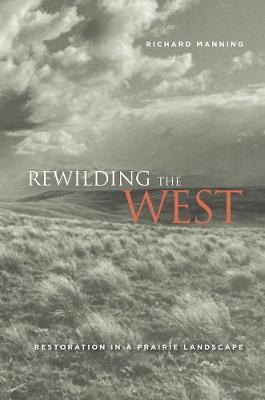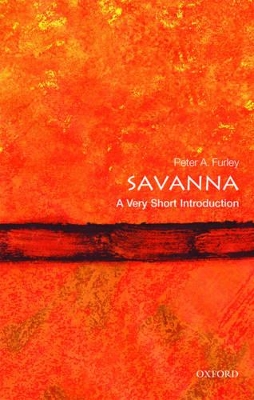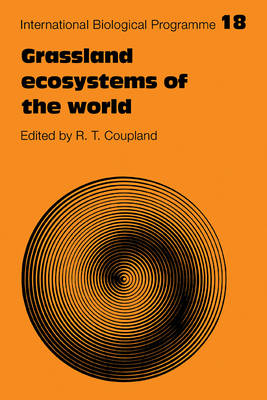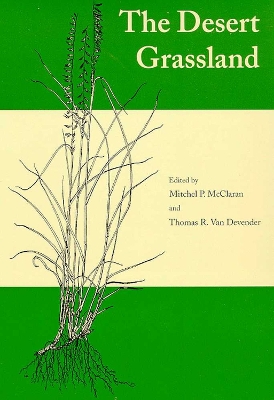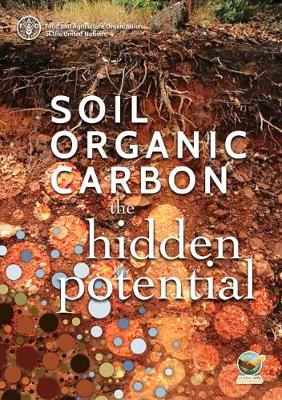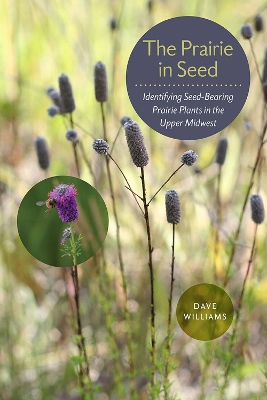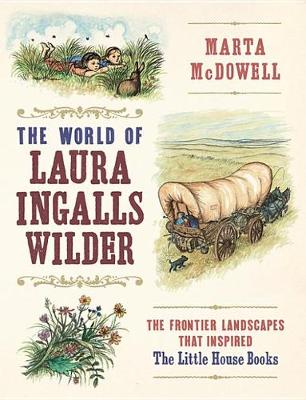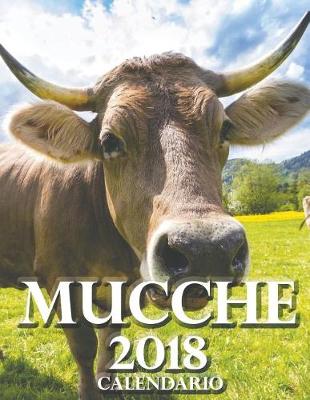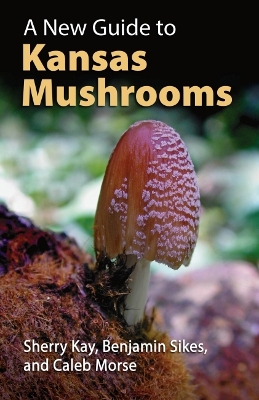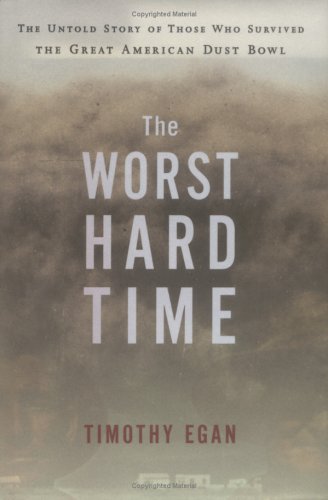A beautiful, photo-rich companion book to the internationally distributed IMAX film of the same name, Wings Over Water celebrates the prairie wetlands of North America and the birds that live and breed in this critical habitat. Covering 300,000 square miles stretching from Canada through Montana, North Dakota, South Dakota, Minnesota, and Iowa, the prairie wetlands are one of Earth’s most important, yet little-known, ecosystems. More than half of all North American migratory waterfowl and 96 s...
Large Print Coloring Book of Spring (Flower Activity Book, #1)
by Renee Bloom
Crazy Cat Lady (Gifts for Cat Lovers, #3) (Crazy Cat Lady Gifts, #9)
by Nifty Notebooks
Blackland Prairies of the Gulf Coastal Plain
This comprehensive study of one of the most ecologically rich regions of the Southeast underscores the relevance of archaeological research in understanding long-term cultural change. Taking a holistic approach, this compilation gathers ecological, historical, and archaeological research written on the distinctive region of the Southeast called the Gulf coast blackland prairie. Ranging from the last glacial period to the present day, the case studies provide a broad picture of how the area has c...
More than a region on a map, North America's vast grasslands are an enduring place in the American heart. Unfolding along and beyond the Mississippi River, the tallgrass prairie has entranced and inspired its natives and newcomers as well as American artists and writers from Willa Cather to Mark Twain. The Tallgrass Prairie is a new introduction to the astonishing beauty and biodiversity of these iconic American spaces. Like a walking tour with a literate friend and expert, Cindy Crosby's Tallg...
The ranchers who resettled British Columbia's interior in the late nineteenth and early twentieth centuries depended on grassland for their cattle, but in this they faced some unlikely competition from grasshoppers and wild horses. With the help of the government, settlers resolved to rid the range of both. Resettling the Range explores the ecology and history of the grasslands and the people who lived there by looking closely at these eradication efforts. In the process, the author uncovers in...
'The most destructive force in the American West is its commanding views, because they foster the illusion that we command,' begins Richard Manning's vivid, anecdotally driven account of the American plains from native occupation through the unraveling of the American enterprise to today. As he tells the story of this once rich, now mostly empty landscape, Manning also describes a grand vision for ecological restoration, currently being set in motion, that would establish a prairie preserve larg...
Savannas form one of the largest and most important of the world's ecological zones. Covering one fifth of the Earth's land surface, they are home to some of the world's most iconic animals and form an extremely important global resource for plants and wildlife. However, increasing recognition of their land potential means that they are extremely vulnerable to accelerating pressures on usable land. This Very Short Introduction considers savannas as landscapes. Discussing their origin, topograp...
First published in 1976, this volume describes the structure and functioning of grassland ecosystems. Five kinds of grassland are considered, namely natural temperate grasslands, semi-natural temperate meadows and pastures, tropical grasslands, arable grassland and cropland. Descriptions of the abundance and biomass of plants, animals and micro-organisms are provided, as well as an assessment of the activities of each functional group of organisms in relation to production, consumption and decom...
THE DESERT GRASSLAND
Soil organic carbon
The publication was launched at the Global Symposium on Soil Organic Carbon (GSOC) held at FAO headquarters (Rome, 21-23 March 2017). It provides an overview to decision-makers and practitioners of the main scientific facts and information regarding the current knowledge and knowledge gaps on Soil Organic Carbon. It highlights how better information and good practices may be implemented to support ending hunger, adapting to and mitigating climate change and achieving overall sustainable developm...
The tallgrass prairie offers solutions to the many environmental challenges facing our water, soils, and ecosystems. Planting prairie on just 10 percent of a field can effectively remove excess phosphorous and nitrogen from the remaining 90 percent. Deep prairie roots and dense aboveground growth filter and hold soils, keeping them from eroding into our streams and rivers. Plants such as common milkweed are the key to the monarch butterfly’s recovery. In light of these benefits, perhaps our love...
The Equids (Fascinating Life Sciences)
The narrative of the progression of the ‘horse family’ through geological time, from dog-sized fruit-eating animals with four toes on their front and three toes on their hind legs, to the valiant long-legged, single-toed modern grazing horses, beloved by racing enthusiasts, is the poster child of evolution. However, like the rhinos or tapirs, the horse-like zebras, wild asses, kulans, kiangs, onagers, and the real horses are often portrayed as being past their evolutionary peak as compared to th...
Land Use, Land Cover and Soil Sciences
Beef, Brush, and Bobwhites (Perspectives on South Texas)
by Fidel Hernndez and Fred S Guthery
In this completely revised Texas A&M University Press edition, Guthery and coauthor Fidel Hernandez have breathed new life into a classic work that for more than twenty years has been teaching biologists, managers, and ranchers to "think like a quail." Updated with the latest research on quail habitat management, predator control, and recent issues such as aflatoxin contamination, Hernandez and Guthery help land stewards understand the optimum conditions for encouraging and sustaining quail pop...
Originally published in 1993, A Guide to Kansas Mushrooms went out of print in 2017. Original author Richard Kay suggested his wife, Sherry Kay, could assume the undertaking of revising the book, collaborating with him working as a consultant. After Richard’s death in 2018, Sherry later added two coauthors, Benjamin Sikes and Caleb Morse, to complete the task.Kay, Sikes, and Morse have revised this new edition to account for the variety of ways mycology has changed in the last twenty-five years,...
Colourful Zebra 2019 to 2020 Academic Journal For Student, Teacher, Parent
by Plan 4 It
